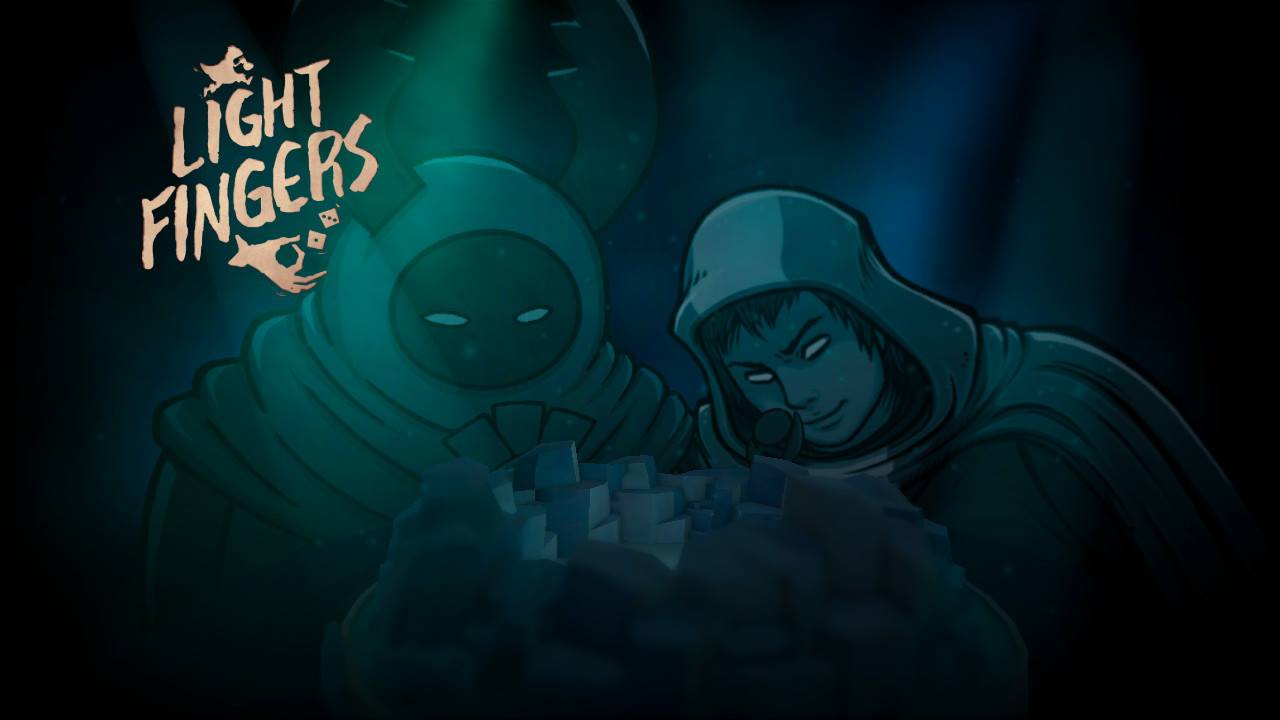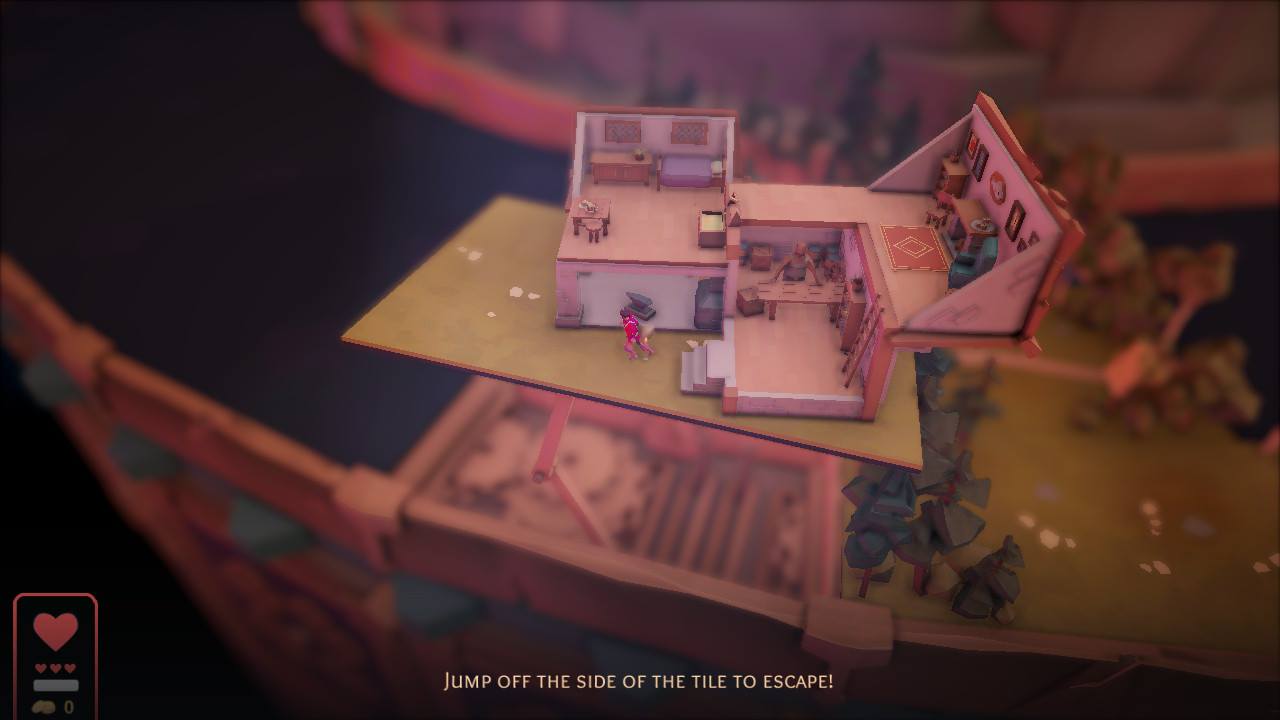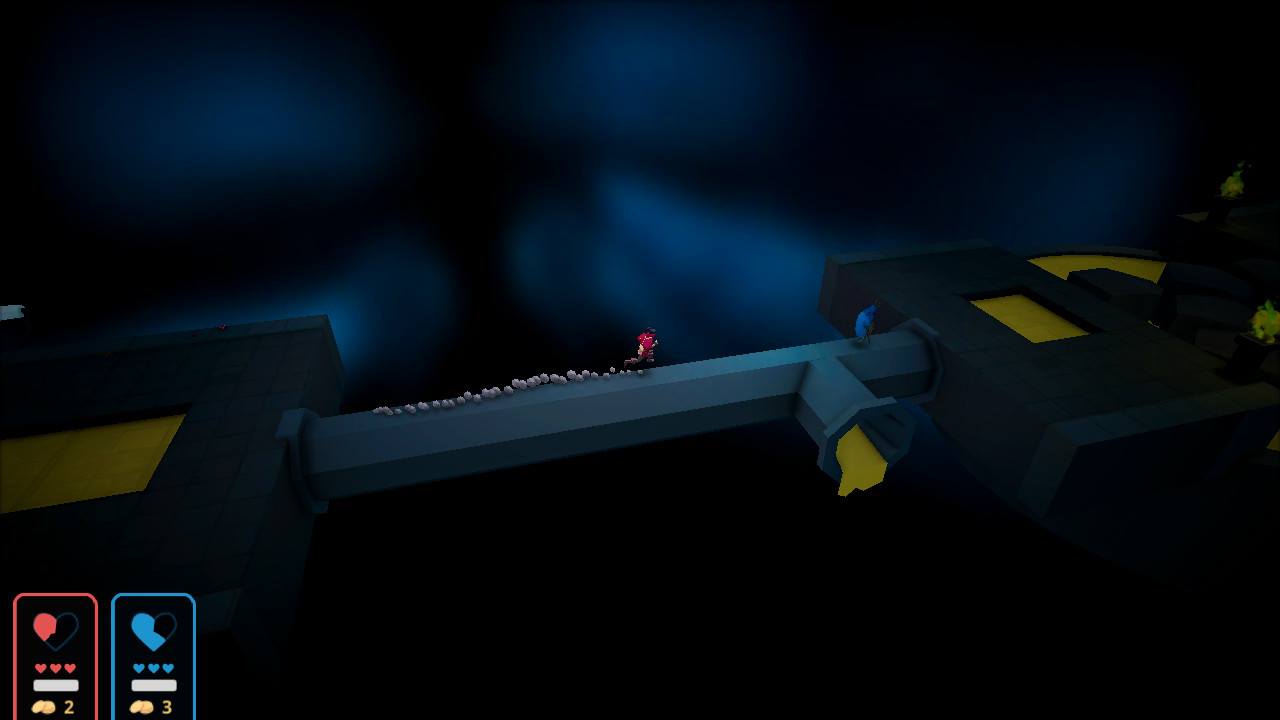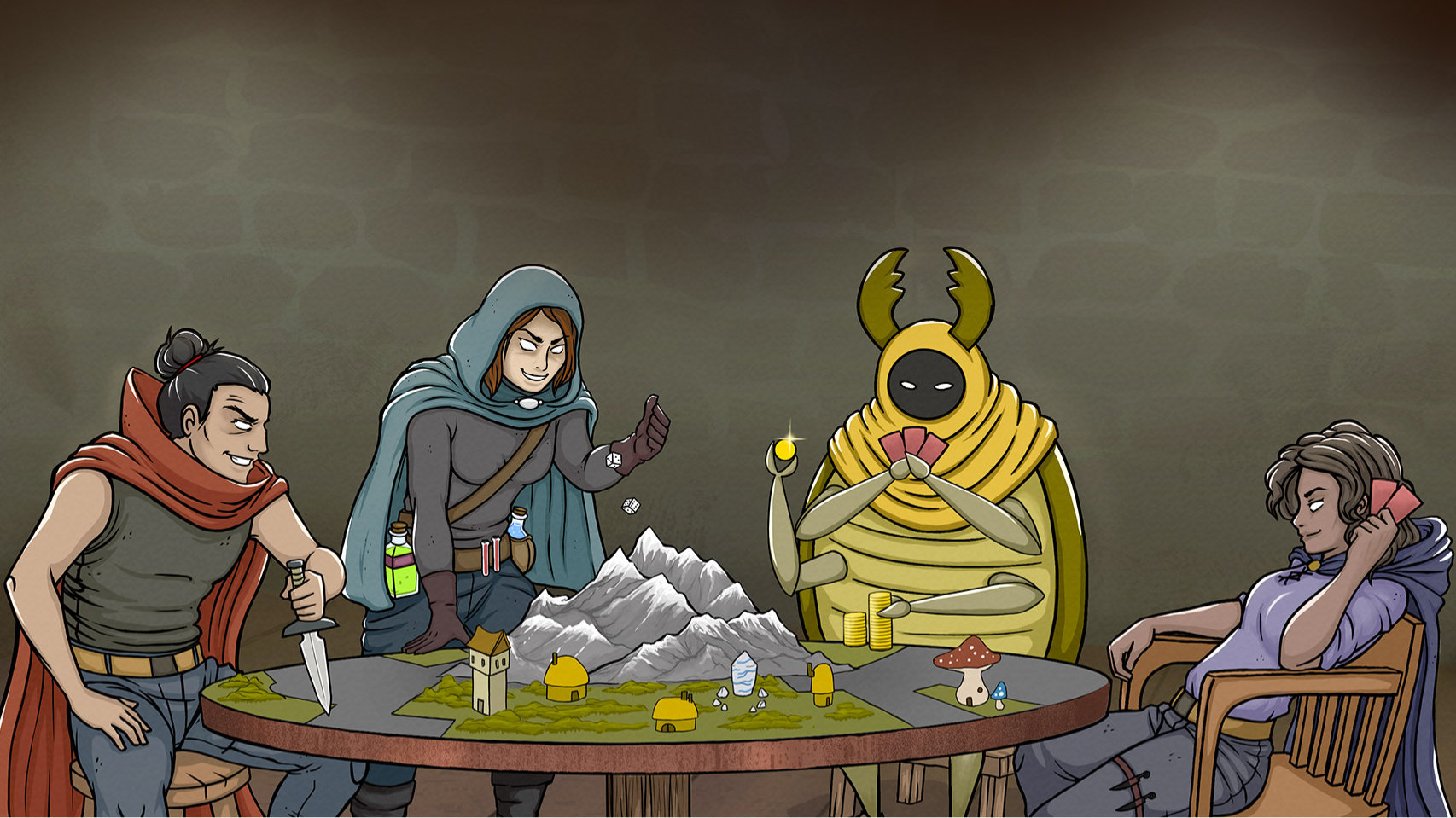Light Fingers Review
An inspired, but flawed, party game.

Light Fingers provides a fun, local multiplayer experience for the most part. It occasionally manages to capture that special nostalgic feeling found in any great couch party game, but only occasionally. The game has a few flaws that’ll ultimately hold me back from booting it up over, say, the Jackbox Party Packs, but it’s still a nice change of pace.
Light Fingers is essentially just a board game for your Nintendo Switch. In a standard campaign, two to four players drop onto a blank, procedurally generated game board. Each player rolls a die and, on their turn, can move up to that number of tiles. As players move to unexplored areas of the board they’ll reveal tiles, uncovering shops, dungeons, cards, and, best of all, loot. The first player to collect four bags of loot wins.
But to collect the gold, you’ve got to steal it. Upon entering shops and dungeons, you have the opportunity to explore the space and snatch the hidden treasure. Once you steal it, you’ll alert the guards and they’ll be after you. If they catch up to you, say goodbye to your hard-earned loot. You can avoid the guards entirely by either running down your wanted level (which drops by one after each turn) or by stashing your loot at the Thieves Camp.
Explaining the rules of a board game is never fun.

Board play is Light Fingers’ biggest strength. It’s tense, charming, and fun. Revealing new locations and collecting new cards is satisfying, and the guards add an interesting element that can turn the game around at any point. I wish sneaking through shops to collect loot posed more of a challenge, but stealing the loot isn’t supposed to be the tough part—it’s holding onto it.
As more guards are alerted, the dynamic board changes the location of the Thieves Camp. It’s a smart way to force players to explore the entire board and not get too comfortable with the layout. Cards introduce a strategic element, allowing you to protect yourself or really screw over your opponents. I had a lot of fun making sure my friends’ games didn’t pan out the way they’d expected.
Dungeons, however, are Light Fingers’ weak point. Entering a dungeon will trigger a sort of interactive obstacle course. The player who entered the dungeon must make their way to the end, while the other players manipulate traps strewn about the dungeon. If the dungeon dweller gets to the end, they’ll snag a game-changing two bags of loot. The players activating the traps want to ensure that doesn’t happen.
The idea is there, but it ends up feeling like more of a hurdle than the main draw to the game. Dungeons lack the special something that makes standard board play great. It’s a chore to get through them because the mechanics are stiff and simplistic, and the courses are just kind of… blah. Instead of feeling a sense of accomplishment after collecting my loot, I felt relieved that it was over so we could get back to the fun part.

Light Fingers also offers another game mode called Dungeon Rush. It puts dungeon play at the forefront, getting rid of the game board altogether. Up to four players can make their way through dungeon after dungeon to see who can collect the most loot. As you can probably tell by now, I’m not a fan. Dungeon Rush just focuses on Light Fingers’ least fun feature. The difference is that Dungeon Rush is the only mode in the game that allows you to play single-player – standard board campaigns require at least two players to start. If your friends aren’t around, you’re stuck with slogging through a series of dungeons alone.
However, I wouldn’t recommend playing Light Fingers alone anyway.

Unfortunately, Light Fingers also lacks an overall polish which, at times, makes the game seem rushed and a little lazy. I ran into a few dialogue typos here and there, which made me sigh each time. I also saw some easily avoidable pop-in and tearing in some of the visual elements. These details usually take me out of the game and into my own head, and that’s usually what I’m trying to get away from by playing video games.
Overall, though, I’d still deem my experience with Light Fingers a positive one. You can’t put a price on bringing your friends together, cracking open a few bags of chips and playing videos games on the couch. At some points the room got a little quiet, specifically during dungeon play, but it picked up again once we made our way back to the board. If you’re looking for a break from your regularly scheduled party game entertainment, I’d suggest giving Light Fingers a try.

